Introduction

Why to buy it?
- Comfortable ergonomics
- Refined and tractable engine
- Nimble handling
Why to avoid it?
- Lacks modern features
- Doesn’t stand out visually
A wise mind once rightfully said — change is the only constant. This notion is particularly true for motorcycles as no matter how successful a product is, it has to be updated after a certain point. Take the Pulsar family, for instance. Bajaj has milked the Pulsar brand and its popularity for years in India. However, the entry of more technologically advanced offerings in recent years meant this platform had to be modernised. Hence, the bike maker incepted a new Pulsar platform which spawned the 250cc offerings in October 2021, followed by the new Pulsar P150 in November 2022.

Our regular readers would’ve read our first ride review of the Pulsar P150 which was based on our short stint with the motorcycle. This time though, we had it for a longer duration, and we sampled it thoroughly to find out how friendly a commuting companion it is in terms of ease of riding and frugality. And if push comes to shove, can you go as far as taking it on a multiple-day long haul? Above all, does it stand out as much as the first Pulsar did when it entered the Indian motorcycling scene? Read on to find out.
Styling and Quality

The new Pulsar P150 is a handsome and proportionate-looking motorcycle. It has all the right cuts, creases, and contours to look sporty, aggressive, and modern. While the overall silhouette is very similar to the N160 and the N250, it has its own identity with a new headlamp, amongst other subtle differences. So, the P150 undoubtedly qualifies to be called a visually contemporary motorcycle. However, do not expect it to attract a lot of attention on the road as it easily blends in with the crowd of equally sporty small-size naked bikes, like the Apache RTR 160 4V and the Hero Xtreme 160R.

The fit and finish of the motorcycle are acceptable. There isn’t much to complain about, except for unfinished welds in a few spots. Also, despite the test bike being almost fresh out of the factory, the front section emanated some rattling noise at high speeds. Nevertheless, the quality of switches, paint finish, and fitment of panels and components are all up to the mark.
Ergonomics and Comfort

Owing to the seat height of 790mm, getting astride the P150 and flat-footing is supremely easy, especially for a person as tall as me at 5’11’’. The clip-on handlebar is reachable but demands you to bend forward just a touch. Similarly, the footpegs are slightly rear set which makes the overall riding triangle a bit committed but comfortable. One can also go for the cheaper variant with a single-piece tubular handlebar that supposedly offers a more upright riding position. Further, I liked the design and space of the seat which felt absolutely welcoming for the most part. It’s only after about two hours of non-stop riding that your backside starts getting sore.

Now, the ride quality of the motorcycle is a mixed bag. While the front feels supple for the most part, the rear monoshock works best in its initial operating range only. Hence, crossing small-amplitude rumblers, tiny potholes, or ruts is quite a plush affair. However, if the rumblers are sharp or the speed bumps are tall, the rear tends to somewhat toss the rider. Well, it doesn’t get annoyingly harsh but slowing down through the nastier stuff is always wise.
Performance and Handling

As we had told you in our first ride review, the P150 is based on a new tubular chassis which holds an engine that’s a heavily revised iteration of the standard Pulsar 150’s mill. Bring this engine to life and you’re greeted by a soft bassy exhaust note which is a slightly muffled version of the N160. And as you start rolling, you can’t help but appreciate the refinement and tractability this engine offers. In fact, this is perhaps the most tractable engine I have come across in a long time.

Picture this. You can ride the motorcycle at speeds as low as 25-28kmph in fifth gear when the engine sits at about 2,600rpm. And as you roll on the throttle, the bike pulls forward without any shuddering. While this trait makes it a very relaxed motorcycle to ride in traffic, I would’ve liked slightly punchier acceleration. That does not mean it’s a slow motorcycle as the engine feels decently engaging and sprightly post-5,000rpm. The problem lies in the lethargy and linearity with which it reaches that point which robs you of some fun. Having said that, the flat torque curve and refinement of the P150 are commendable in the city.

Helping the bike’s case in urban riding conditions is its light clutch, which can be easily operated by one finger, and the impressively slick gearbox. On the highway, the experience isn’t as pleasant though. Get past 7,000rpm and a noticeable buzz starts creeping in on the handlebar. Also, the engine feels very strained at and beyond 90kmph, although it can achieve a top speed of about 115kmph. However, this isn’t a matter of concern since the P150 isn’t meant for touring.

Another aspect making the bike delightful in the city is its handling. With a kerb weight of 140kg, not only does it feel pretty light but the steering response is also quick and prompt. Filtering through tight gaps feels effortless and switching lanes is a swift affair. I also carved some corners around ghat roads and there too the bike impressed me with its agility. Plus, the tyres are decently grippy and only feel squirmy when pushed too hard around corners. The brakes, meanwhile, are equally good. The front delivers the right amount of bite and lever feedback while the rear is adequately progressive.
Features and Technology

In this department, the P150 is average with some hits and some misses. What’s impressive is the presence of an LED projector headlamp and LED DRL with the former offering a good amount of throw. This is accompanied by a semi-digital console which shows all the crucial data like speed, rpm, two trip meters, gear position, clock, and distance to empty. This could be a downer for some, considering its close rival TVS Apache RTR 160 gets a fully-digital display with Bluetooth. However, I believe the amount of information displayed on the P150 is enough for this segment. Other features include a USB charger, a 14-litre fuel tank, and single-channel ABS.

Fuel Efficiency
In the mileage test that we do here at BikeWale, the P150 turned out to be pretty frugal, returning a fuel efficiency of 60.2kmpl. This was obtained after riding the bike in a relaxed manner in low to moderate traffic. Of course, the FE might vary depending on your riding style but considering the mileage we extracted, the overall riding range is a commendable 840km.
Should you buy it?

With the Pulsar P150, Bajaj has definitely succeeded in what it aimed for – making a sportier and more modern motorcycle than its predecessor. It ticks all the boxes of being a better Pulsar 150 with a refined and tractable engine, agile handling, strong brakes, and decently comfortable ergonomics and ride quality, all of which make it a great city bike. Even the design, although not particularly eye-catchy, is contemporary and pleasing to the eyes. While it could do with better mid-range grunt and more features, these aren’t deal breakers by any stretch. So, for someone upgrading from a smaller-sized commuter, the P150 fits the bill.

However, I feel the Pulsar P150 should’ve been priced lesser than what it is now — Rs 1.17 lakh (single disc) and Rs 1.20 lakh (dual disc). That puts it close to its arch-rival, the Apache RTR 160 2V, which has more modern features and better on-paper performance. Also, by paying about Rs 3,000 more than the P150’s dual disc trim, one can go for the bigger Pulsar N160 (single-channel ABS) which offers punchier engine performance, more radical styling, and a sportier character overall. So, to conclude, the Pulsar P150 is a good product in terms of core aspects but the positioning, or pricing, could’ve been more attractive.
Photography by Kapil Angane
Gallery
1/99
Bajaj Pulsar P150 Rear Disc Brake
Double Tap to Zoom

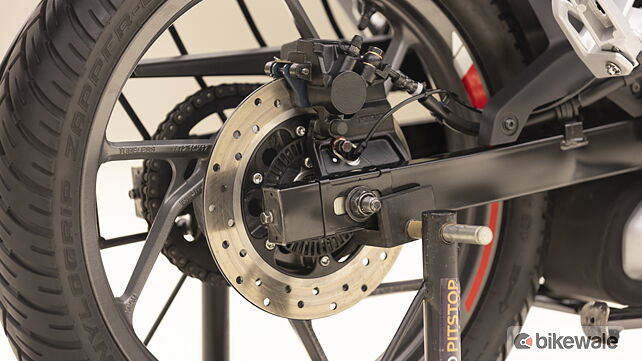















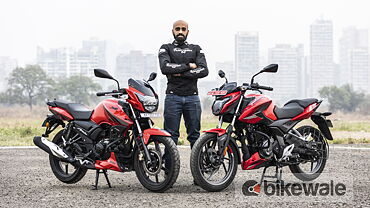





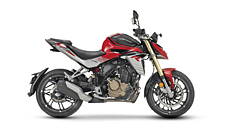
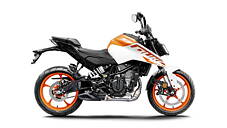


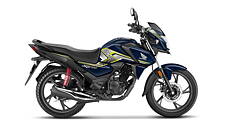







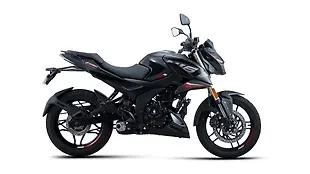
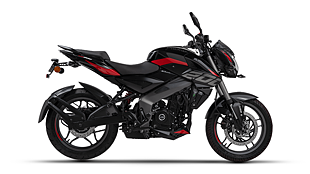
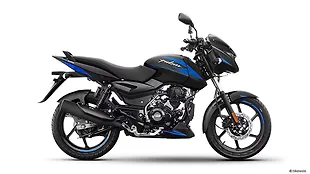





![KTM 390 Adventure X [2025] KTM 390 Adventure X [2025]](https://imgd.aeplcdn.com/272x153/n/cw/ec/190885/390-adventure-x-2025-right-side-view.jpeg?isig=0&q=80)